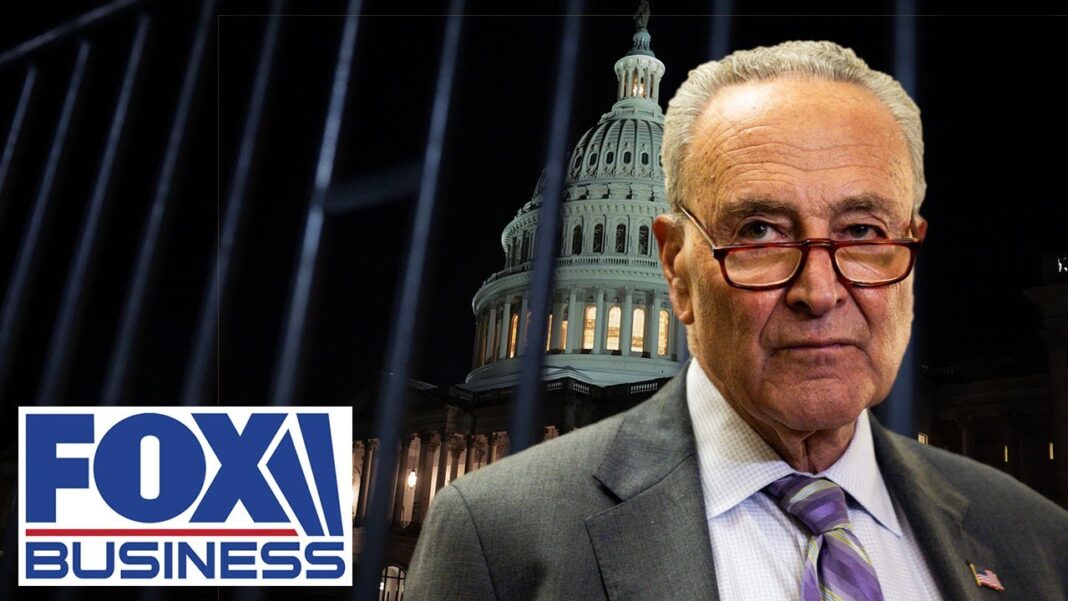Funding for the federal government is set to run out after Sept. 30, after which point the government will enter a partial shutdown.
President Donald Trump is set to meet with the top House and Senate Republican and Democratic leaders on Sept. 29, with little time remaining to avert a partial government shutdown.
Funding for the federal government is set to run out after Sept. 30, triggering a halt to “non-essential” government work.
On Saturday evening, a White House official confirmed with The Epoch Times that the president has agreed to meet with House Speaker Mike Johnson (R-La.), Senate Majority Leader John Thune (R-S.D.), House Minority Leader Hakeem Jeffries (D-N.Y.), and Senate Minority Leader Chuck Schumer (D-N.Y.).
The White House and congressional Republicans are currently at an impasse with congressional Democrats over legislation to fund the government and avoid the partial shutdown. Lawmakers are currently deliberating stopgap legislation to fund the government through Nov. 21, by which time they may be able to work out a plan to fund the government for the rest of fiscal year 2026.
Congressional Democrats have sought to include several health care measures in the government funding debate, including the extension of certain Affordable Care Act subsidies that are set to expire at the end of the year. The Trump administration and Republican leadership, thus far, have rejected those demands.
“President Trump has once again agreed to a meeting in the Oval Office. As we have repeatedly said, Democrats will meet anywhere, at any time, and with anyone to negotiate a bipartisan spending agreement that meets the needs of the American people,” Schumer and Jeffries said in a Saturday evening press statement confirming the planned meeting.
“We are resolute in our determination to avoid a government shutdown and address the Republican healthcare crisis. Time is running out.”
The Republican-led House has already passed the continuing resolution to fund the government until Nov. 21. Senate Republicans, however, failed to gather sufficient support last week for a procedural vote to avoid a filibuster and move on to a final vote on the passage of the continuing resolution.
By Ryan Morgan and Stacy Robinson








